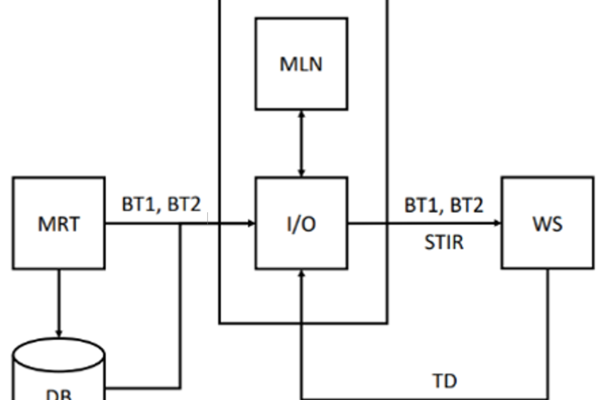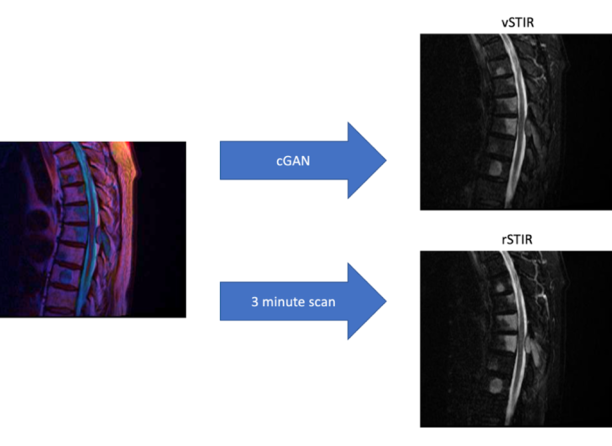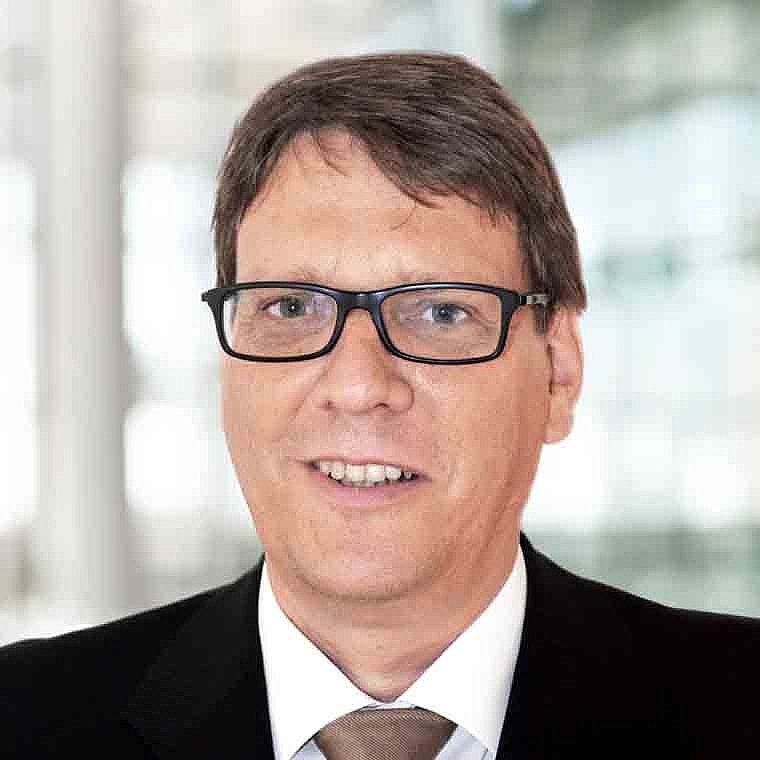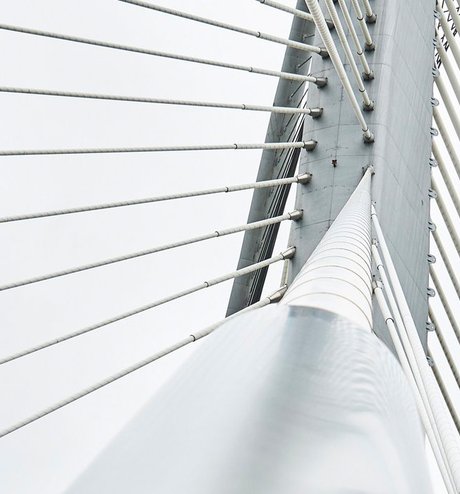Faster MRI examinations - Synthetic generation of STIR images
Ref.-No. 6026
Keywords: MRI, magnetic resonance imaging, STIR images, short tau inversion
Magnetic resonance imaging (MRI) is a widely used medical diagnostic procedure. The MRI machine captures the examined volume layer by layer, resulting in a sequence of images. This invention by the University of Duisburg-Essen relates to a procedure for synthetically generating a STIR image (short-tau inversion recovery) from a T1- and a T2-weighted sequence.
From these two measurements, the new procedure can generate a synthetic STIR sequence without needing to actively conduct an extra STIR scan in the MRI. This significantly shortens examination time, which improves patient comfort. Expensive MRI machines can also be used more efficiently as a much greater number of examinations can be performed in the same timeframe. One other benefit is that the synthetic generation of the STIR sequences facilitates excellent and consistent image quality and the motion artifacts common to STIR scans can be avoided.
Competitive Advantages
- Fast STIR sequence generation
- Fewer motion artifacts
- Shorter examination times
- Substantial time and cost savings
- Increased productivity
Commercial Opportunities
This inventive procedure can generate STIR images from T1 and T2 images, meaning a STIR scan can be skipped during the MRI examination. This can save radiology practices up to €75,000 per year. With the approx. 2,000 MRI machines in use in Germany, this can equal out to a savings potential of €150 million.
Current Status
The components have been validated in a lab environment. An application has been submitted to the German Patent and Trademark Office, with subsequent applications in other countries possible in the priority year or as part of a planned PCT application. On behalf of the University of Duisburg-Essen, we are offering interested companies the opportunity to license and help continue to develop this technology.
Relevant Puclications
Generating Virtual Short Tau Inversion Recovery (STIR) Images from T1- and T2-Weighted Images Using a Conditional Generative Adversarial Network in Spine Imaging.
Haubold J, Demircioglu A, Theysohn JM, Wetter A, Radbruch A, Dörner N, Schlosser TW, Deuschl C, Li Y, Nassenstein K, Schaarschmidt BM, Forsting M, Umutlu L, Nensa F.
Diagnostics (Basel). 2021 Aug 25;11(9):1542. doi: 10.3390/diagnostics11091542.
PMID: 34573884 Free PMC article.
—
An invention of University of Duisburg-Essen.




